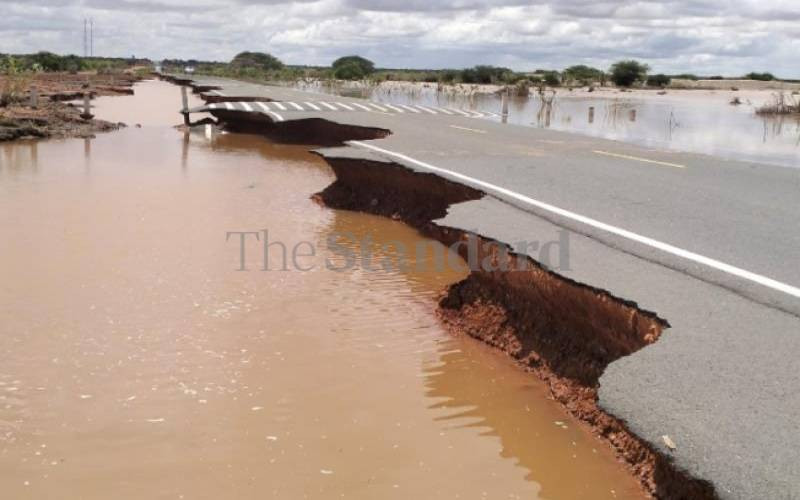×
The Standard e-Paper
Home To Bold Columnists

The devastation caused by El Nino rains in most parts of Kenya, especially in those areas that recently endured calamitous drought that left death and destruction in its wake, is harrowing and desolating for residents.
The desperate images of drowning people and livestock in social media and news are heart-rending. This is why the government must declare flooding and effects of El Nino rains a national emergency and crisis, and focus all resources and facilities on addressing it.